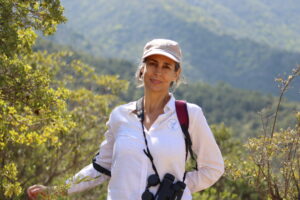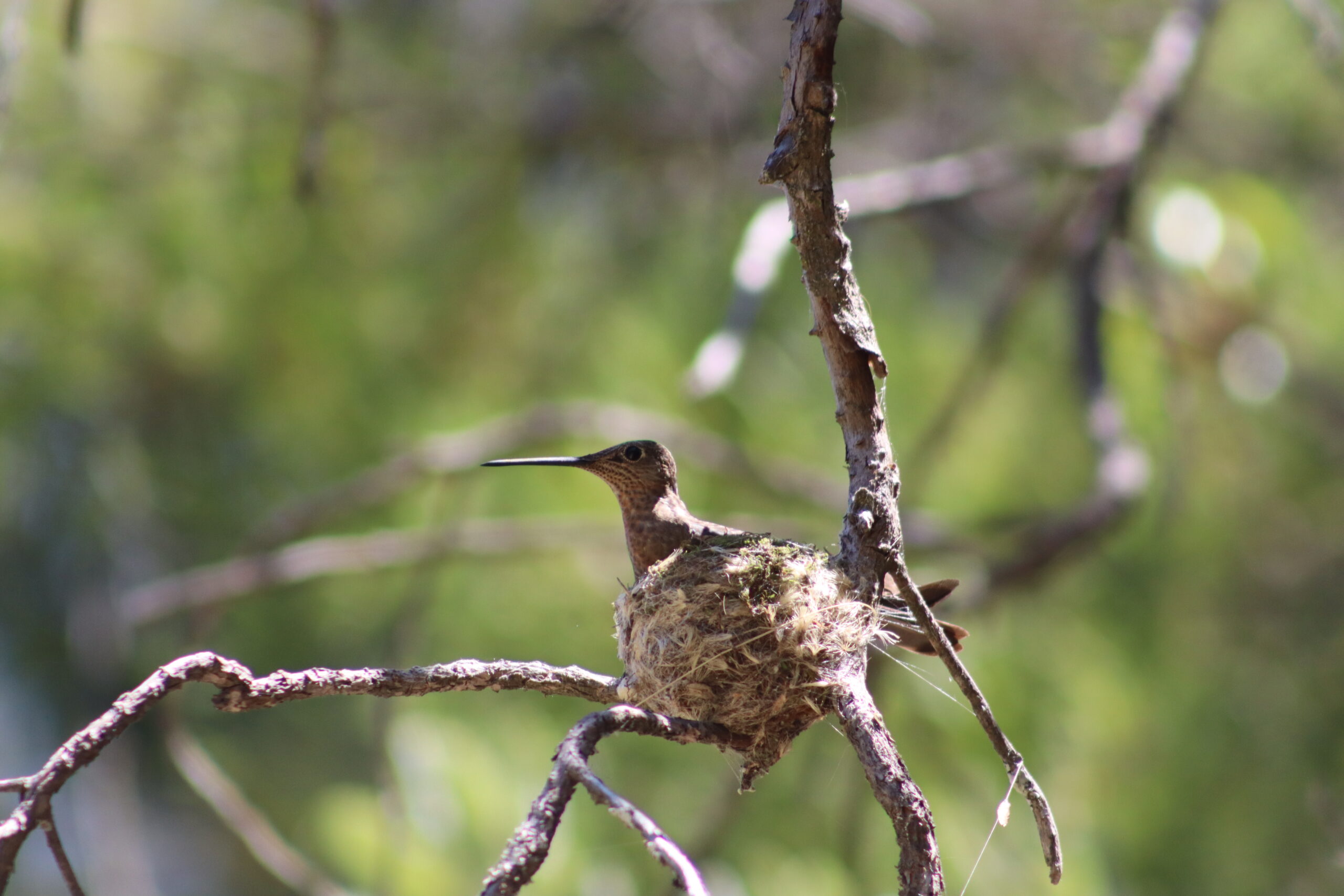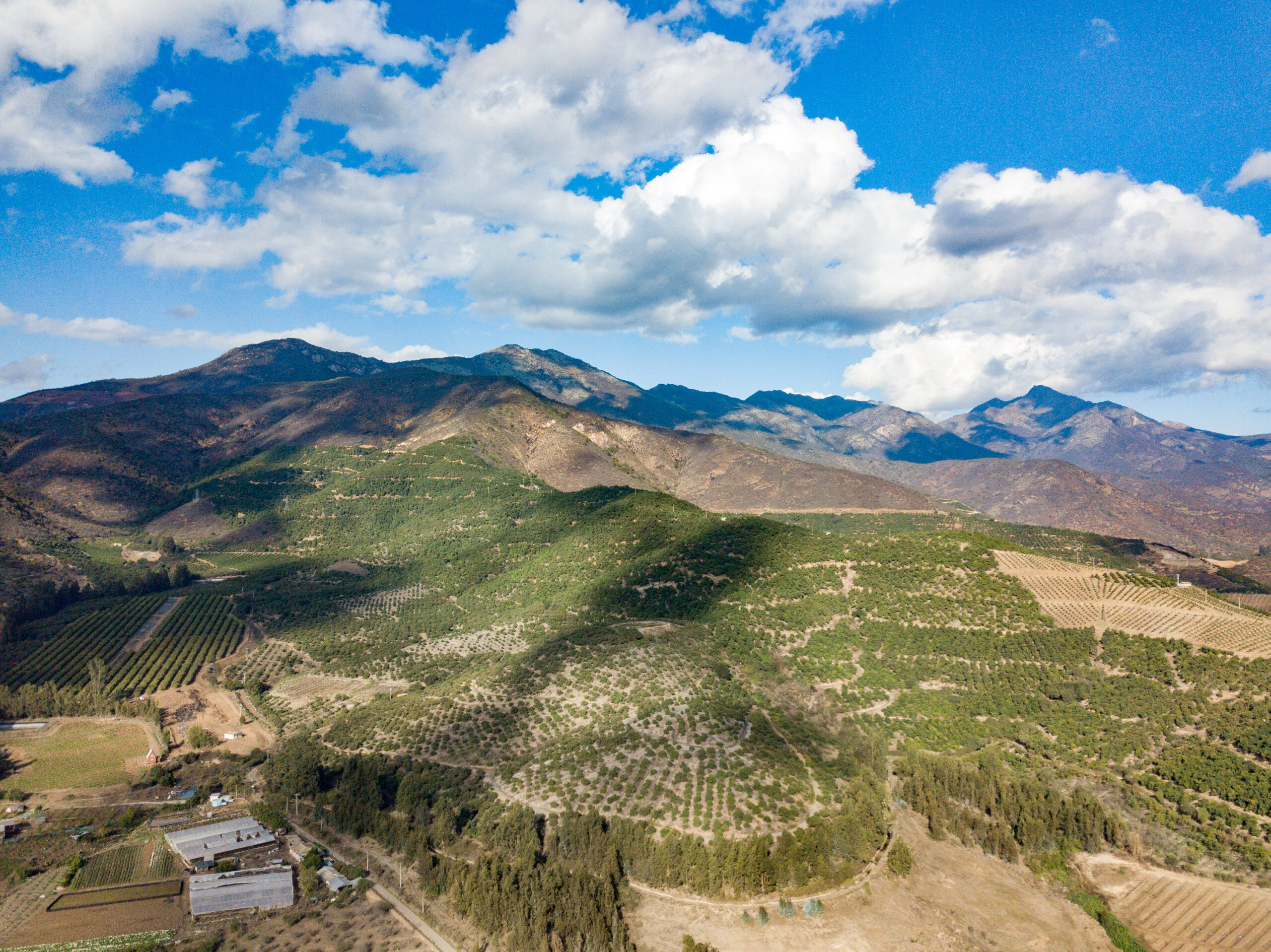Partnerships for Nature: insights from Indigenous-led models in Canada
15 April 2025 / WORDS BY Pollination Foundation
read article
London+44 203 355 1556
Sydney+61 2 8313 7109
Melbourne +61 2 8313 7109
Washington +1 872 201 1168
In this second edition of Nature Finance Focus, we highlight a number of models that are helping to unlock and scale nature investment. Some models are well established, alongside others in which we see significant promise and growth. By showcasing these tangible case studies, we aim to provide ideas and options which can be taken up by the global bank or investor, or by the major corporate.
The report also details the findings of our biennial survey of 500 institutional investors across the UK, USA, Australia, Singapore and Japan.
View reportFour years ago, when Climate Asset Management launched as a joint venture between HSBC and recently formed consultancy Pollination, it laid out ambitious plans to become the biggest investor dedicated to natural capital.
11 March 2022 / WORDS BY VICTORIA ALONSO
International Women’s Day may be behind us but we are continuing to celebrate the achievements of women – past, present, and future throughout the rest of March. The environmental sector is widely perceived to have been slower to address gender inequity than other sectors, but in landscapes and organisations where women are meaningfully included, environmental outcomes have been shown to improve.
At Pollination, we wanted to bring to the fore the voices of women in biodiversity conservation, highlighting and supporting women in leadership and community roles who are protecting and restoring our nature.
We talked to Victoria Alonso, Executive Director of Fundación Tierra Austral about her work and experiences for the second part of our series.

Victoria Alonso | Executive Director of Fundación Tierra Austral

Tell us about your work at Fundación Tierra Austral?
I have been connected to Fundación Tierra Austral since it started in 2012 and even before that when, as a group of conservation minded professionals, we introduced the Derecho Real de Conservación in our Chilean Congress. I was its President of the Board until 2018 and in 2019 I became the Executive Director.
Was there a critical moment that inspired you to embark on the path you’re on now?
I have always been very connected to nature. As a very shy kid, I believed that animals were my true friends. I think this very weird but powerful relationship I’ve had with nature since my childhood left me really no choice but to give back to her. I don’t feel there was just one critical moment but a very strong sense of commitment throughout my life.
What are the most exciting developments that you are seeing in conservation today? And how are they impacting climate change and biodiversity loss?
We are facing very challenging times. I am particularly excited by the real and tangible work being done by people on the ground. I believe that there has been a lot of talking but so far we’ve lacked meaningful action in addressing environmental damage and loss in key places. I have been working with young professionals that have a clear vision of the world they want to live in and I believe that is really exciting.
Can you explain the significance of the DRC and how it supports Fundación Tierra Austral achieve impact? What did the process teach you that may help others in the field?
The DRC is a legal tool to declare a private protected area. It is simple but has enormous implications because it sets up a place where conservation can happen in perpetuity. These are times when we all have to collaborate. The DRC empowers private landowners who possess valuable land that hosts amazing biodiversity, to advance effective conservation. The process taught us the value of perseverance and true commitment.
Biocultural diversity has gained wider prominence in recent years as academics, institutions, and practitioners have expanded cross-disciplinary work at the intersection of human culture and biological diversity and indeed, Tierra Austral places that at the heart of its mission. In your view, what has driven this shift?
It’s important but in my opinion, it is more than just a shift. It is the realisation of a process that has been in place forever. People and nature have a long-term relationship. It became distant and disconnected for a while and now we are realising that we need to get closer to nature again in order to stay healthy and happy. For me, biocultural diversity is people and their uniqueness living in harmony in a natural world.

There has been significant progress in recent years towards greater inclusivity in conservation and the gender ratio at the Fundación is well balanced. How important is gender equality in conservation? Have you seen any attitudinal changes over your career and, in general, how do we improve leadership development in the sector for women?
Equality is important in every aspect of life. In conservation, and in most professional fields in Chile, it’s a man’s world. It has changed a little bit but we still have a long way to go. I have had difficult experiences in my profession, especially when men tend to mistrust women’s abilities to accomplish ambitious goals. I have seen some attitudes changing over time and at Tierra Austral we strive to ensure there is a gender balance. The key is to not get distracted! This cultural change will take several generations to truly become a reality.
What advice do you have for women who are starting in the field?
I’d advise younger women to be confident. They should trust their instincts and look to older, wise women for advice. It is important to not get distracted by gender politics and educate others by acting consistently.
What gives you hope about the future?
I’m inspired by the energy of younger women who are not constrained or held back by what older women from previous generations have had to go through.
15 April 2025 / WORDS BY Pollination Foundation
read article
Receive latest news and global perspectives from Pollination.
By clicking submit, you agree to our Terms & Conditions.